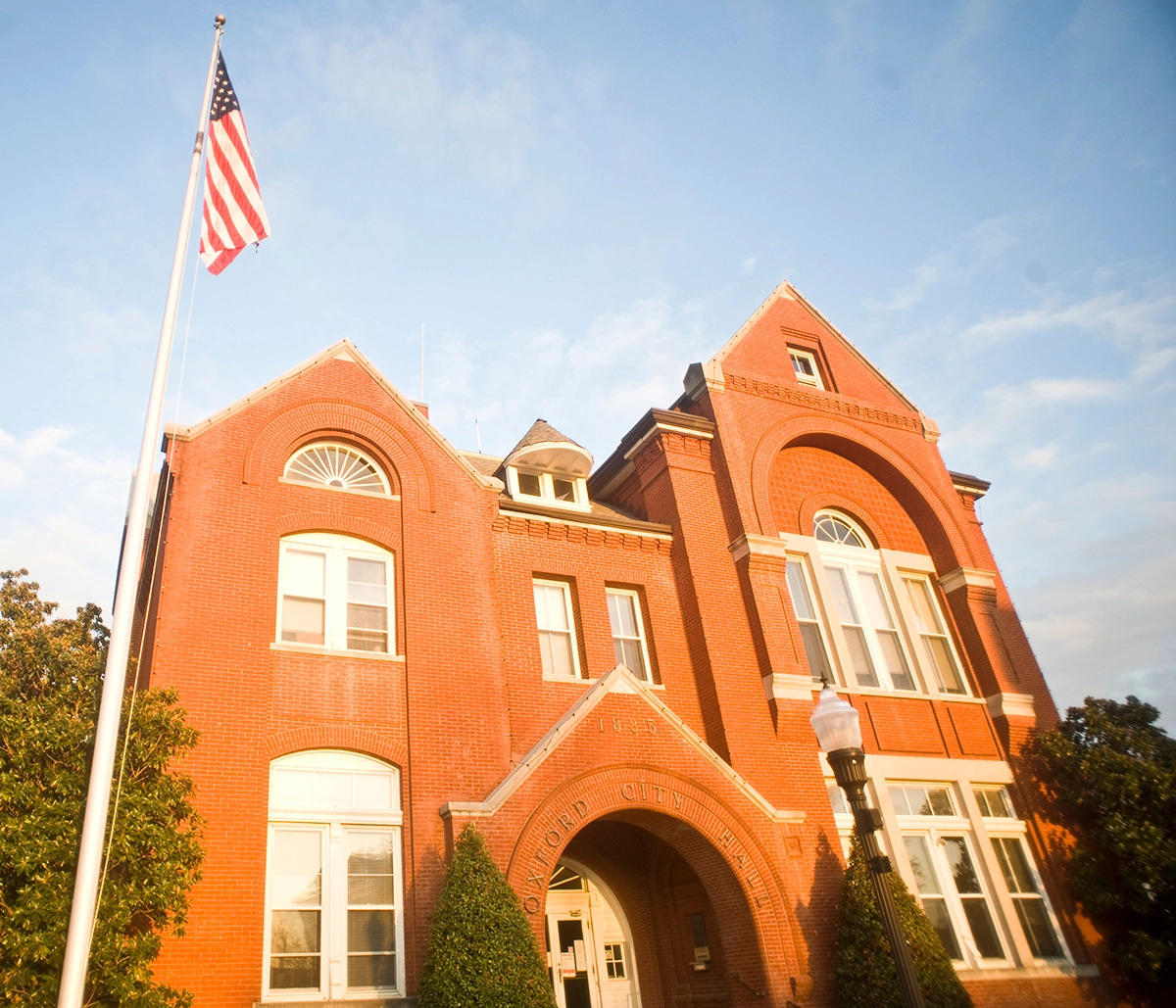Outdoor Stewardship Trust Fund could benefit John W. Kyle, Wall Doxey state parks
Published 12:51 pm Monday, May 9, 2022









During the annual Eggs & Issues Legislative Breakfast, lawmakers introduced Mississippi House Bill 606 a.k.a. the Outdoor Stewardship Trust Fund, a program that will help improve outdoor recreational areas across the state, support access to public lands and waters, restore habitat for wildlife, provide clean water for surrounding communities, and increase conservation on working farms and forests.
“This is something we’ve been working on for a few years,” said Representative Clay Deweese. “Originally we were going to take a sales tax version of all our sporting goods sales up to $20 million. What it will allow us to do is draw down federal funds to put the projects to enhance outdoor life in Mississippi.”
Mississippi can annually appropriate up to $20 million of unobligated funds, however, the state House and Senate agreed to appropriate $10 million for its initial year. The Outdoor Stewardship Trust Fund Board is made up of conservation leaders across the state who will select projects based on criteria including matching dollars from the federal government and benefit to the public.
The fund would promote outdoor attractions in Mississippi and increase tourism to those areas.
“It’s something we’re excited about,” Deweese.
State parks are receiving a boost as well $32 million fund for upgrades and improvements. Senator Nicole Boyd said the parks could be tourism destinations but are not in the best state, currently.
The lawmakers have funded local architects to analyze the parks and give a report to the state on problem areas including a review of John W. Kyle State Park of Sardis and Wall Doxey State Park of Holly Springs. The state was in an ongoing bid earlier for four state parks in north Mississippi including John W. Kyle and Wall Doxey.
“There are five parks in the state that are really profitable. The others are not,” Boyd said. “There needs to be a tremendous look and reworking with that when we begin that process.” The goal is to turn the state parks into the “economic drivers” of their communities.














